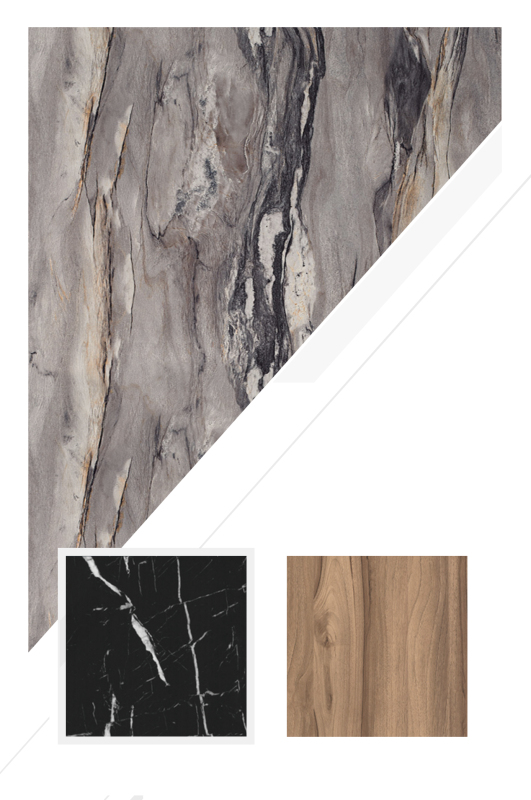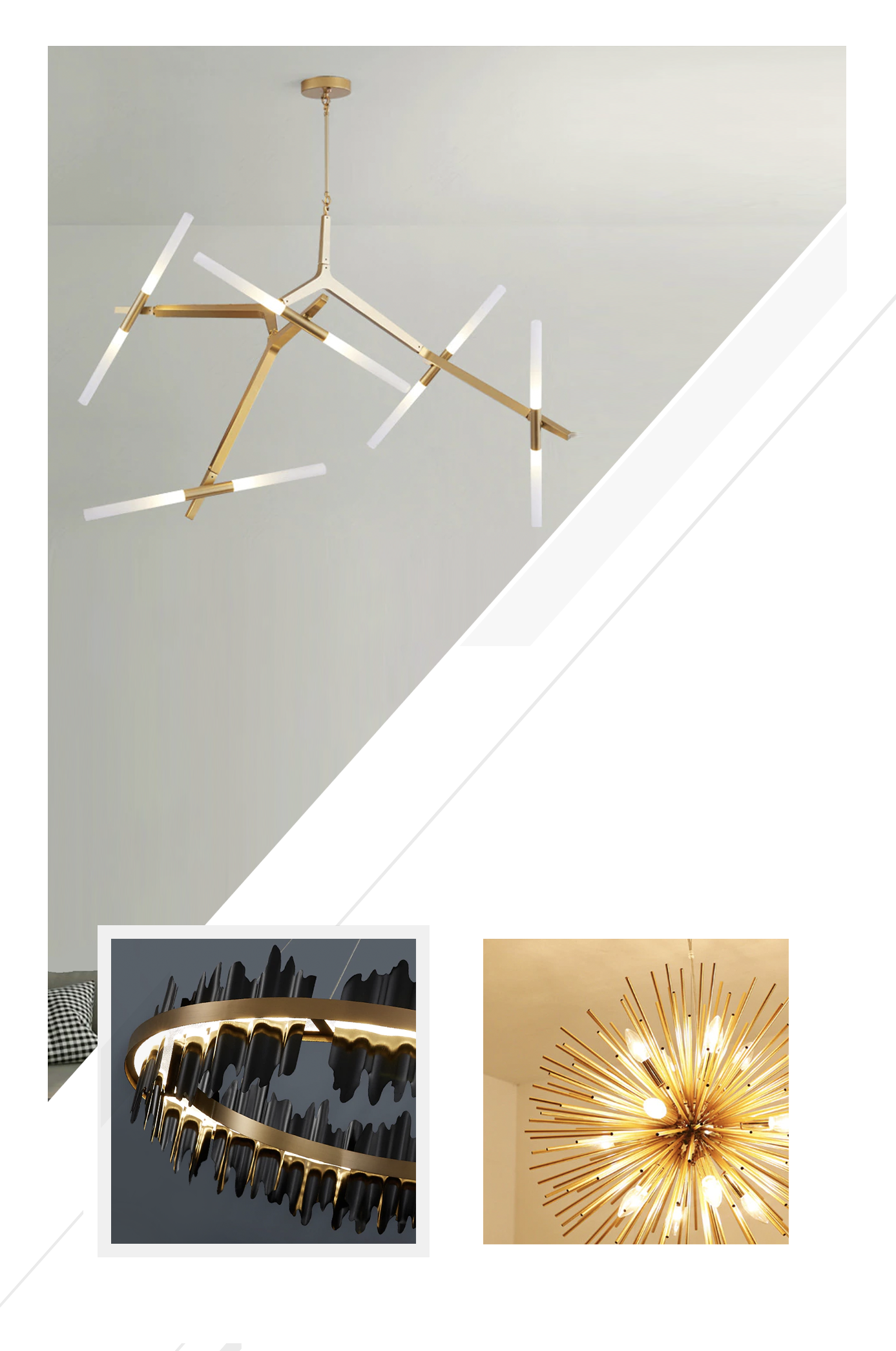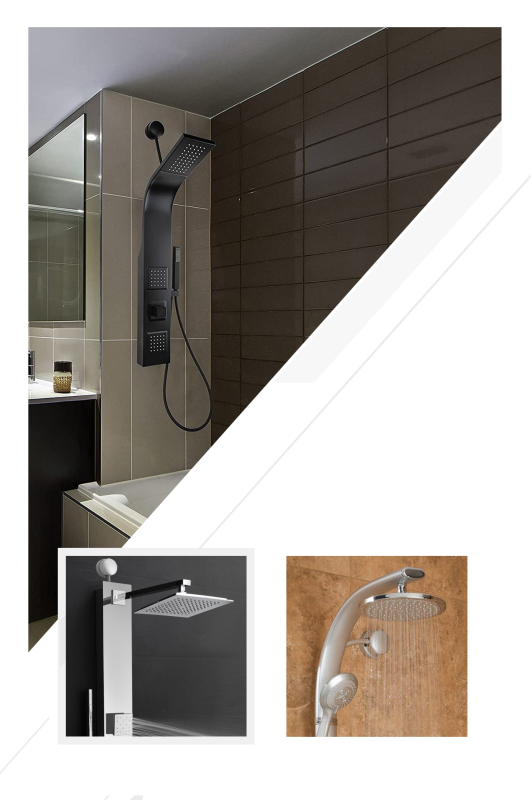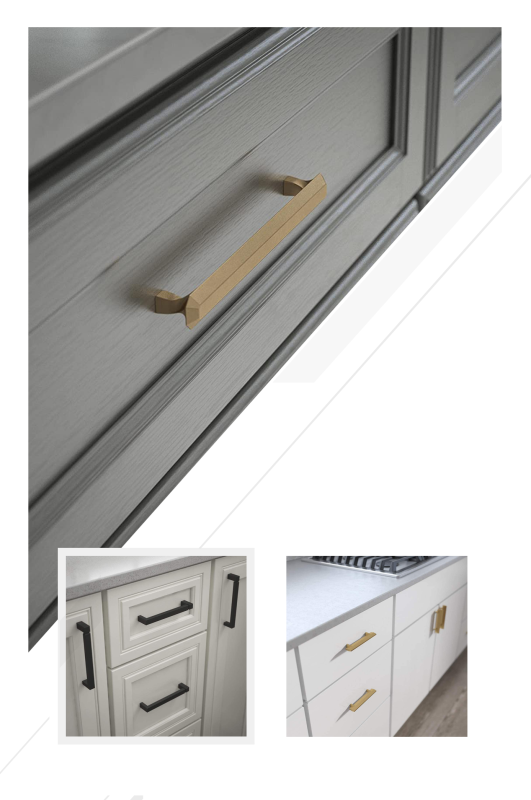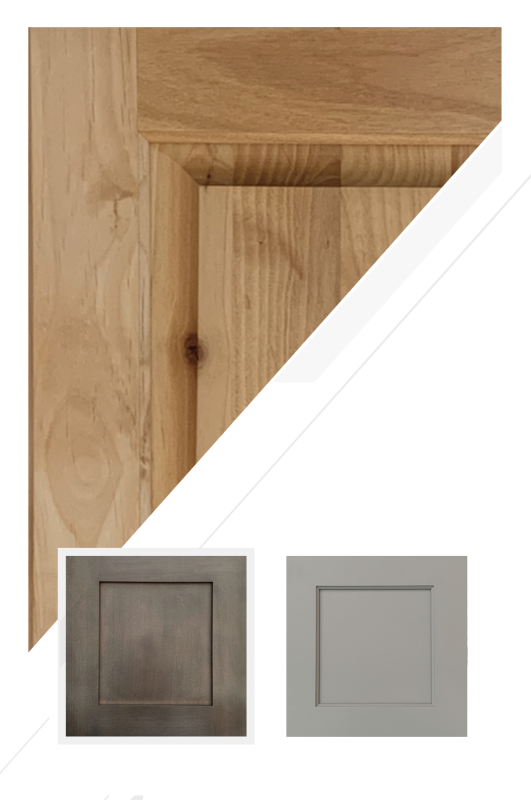From Ash to Utilities: Sitework, Foundations, and Faster Reconnects
By Joy Line Homes California
Rebuilds live or die on the ground. Before a roof line rises, the site must be clean, stable, and ready to accept power, water, gas, and data. Joy Line Homes treats sitework as the engine of schedule. We clear debris, confirm soils, plan trenches, and choose the right foundation so the set crew can arrive to a pad that is square, dry, and waiting. Families in Los Angeles, Ventura, Santa Rosa, Napa, and Paradise see weeks saved when the site story is told with clarity from the first walk.
Great sites start with facts. We verify parcel lines, easements, and setbacks. We pull utility maps and request locate marks. We check slopes, culverts, and access for trucks, crane, and inspectors. Then we write a simple sequence that reads like a checklist. Close debris. Verify soil. Cut pads. Run trenches. Place anchors or piles. Pour or set. Backfill. Proof compaction. The work becomes calm because each step has a reason and a place on the calendar.
Debris Closure and Soil Confidence
After a fire, the soil carries ash, metals, and memories. Joy Line coordinates debris removal with licensed teams and confirms closure with lab results or county letters. That record sits at the front of the binder so plan checkers and lenders see a clean start. On sloped or disturbed lots, we add a simple soils memo that calls out bearing values and seasonal moisture notes. The memo is short and readable. Crews know what to expect. Anchors and piles are sized correctly. Surprises shrink.
Where the grade breaks sharply, we step pads and use small retaining elements that double as seating or planters later. Form follows slope, which lowers cut and fill and keeps water moving the way the land already prefers.
Choosing the Right Foundation
Rebuilds deserve foundations that match the land and the plan. Joy Line works with three clear families. Slab on grade for calm soils and neighborhood streets. Raised platforms with piers and grade beams for hillside or flood sensitive areas. Helical piles for disturbed soils, narrow access, or when speed matters most. Each family has a clean detail set and a cost that reads like a grocery list. Owners see the trade and pick with confidence.
Slabs keep entries low and rooms quiet. Raised platforms protect against slope wash and allow utility runs to stay tidy. Helical piles land gently with minimal spoils and allow same day anchors. The right choice protects both budget and calendar, which is the real win in a rebuild year.
Pads, Access, and Crane Geometry
Pads do more than hold a house. They hold the day. Joy Line grades a compact crane pad with marked outrigger points and a clear trailer lane. We confirm turn radii along the street and post a simple map for crews. If trees or vines are near, we guard trunks and lay mats where tires could rut. The pad drains, the slope breaks cleanly, and the first five feet around the future wall remain non combustible. The site looks quiet to a neighbor and obvious to an inspector.
For clustered rebuilds, one larger pad may serve two small homes or a home and ADU. Shared work reduces mobilizations and keeps heavy equipment time short on the block.
Trenching Without Tangles
Trenches are the veins of the property. We route power, water, gas, and data with a simple diagram and a shared trench whenever allowed. Depths and separations follow code without guesswork. Sweeps are gentle so pulling wire and pipe takes minutes, not a fight. At crossings, sleeves are labeled. Near the house, stub ups are grouped, vertical, and capped. Photos with a tape measure sit in the binder so later crews know where everything lives under the gravel ribbon.
Drainage runs at the same time. Splash blocks, shallow swales, and, where needed, underground pipe carry water away from the five foot band. The lot looks as if it was designed for rain, because it was. Dust and runoff both drop when the site handles water well.
Meter Spots and Shutoffs that Make Sense
Inspectors love sites where shutoffs are obvious. We place meters and valves on a short, tidy wall that is easy to read and easy to reach. Labels are engraved, not marker on tape. Clearances are respected so service calls are safe. On narrow parcels, we group services and wrap them with a small screen that breathes. The look stays modern. The function is perfect. Residents, crews, and first responders can find everything on a hard day without hunting.
We take one photo with labels and upload it to the binder. Owners keep it on their phone. That single image has saved many hours for many families during future service or upgrades.
Raised Platforms That Stay Clean
Where platforms make sense, we enclose skirts with ignition resistant panels, vent with ember guards, and keep access doors tight. Steps use solid risers so leaves do not collect. The underside stays dark and quiet, which protects the structure and keeps wildlife out. On wind faces, we align lattice patterns or solid panels with the architecture so the house feels grounded rather than perched. The yard reads as finished on set day, not half built.
Utility lines enter through sealed chases with clear labels. The marriage of platform and module becomes a clean detail rather than a compromise. Inspectors relax because they see a system that anticipates their checklist.
Helical Piles for Speed and Access
Helical piles shine on disturbed soils and tight lanes. A compact rig turns steel shafts into stable bearing without the noise and delay of large excavation. Spoils are minimal. Anchors set the same day. Pick points align to the plan with precision, which makes set day a simple geometry exercise. In Paradise and parts of Napa, this choice has put families back on land weeks earlier than conventional footings could manage.
The engineering packet is short. Capacities, torque logs, and layout sit in a single appendix. Reviewers see proof. Inspectors see numbers. The calendar thanks everyone.
Utility Reconnects Without Mystery
Power, gas, water, and data often control move in dates. Joy Line requests reconnect windows early and ties them to documented milestones. Underground work is inspected with photos and tags. Panels are labeled. Gas tests are logged. Backflow and pressure regulators are set and recorded. Fiber and coax have tidy loops with protective sleeves. The utility tech sees a clean wall and signs off without a second trip.
For rural parcels, we note generator pads and transfer switches where backup makes sense. For city lots, we coordinate temporary power so crews can work cleanly and safely before the main meter is set.
Five Foot Band and Side Yard Ribbon
Zone Zero begins the day the pad is cut. We place concrete, large pavers, or compacted stone at the wall. Side yards receive a gravel ribbon that doubles as a service path. Vents sit above the band with ember guards. Hose bibs and quick connects land at corners. These choices keep dust off the facade, protect vents, and give homeowners a route for quick cleaning after windy weeks. The band is easy to sweep and ready for inspection the moment modules arrive.
Furniture, planters, and grills live beyond the band on stone pads. That small offset maintains safety while keeping outdoor rooms close to daily life.
ADU First as a Sitework Strategy
ADUs are more than housing. They are sitework teachers. By placing an ADU near existing utilities, families gain a fast reconnection and a model for the main home. Inspectors learn the language on the small project and move faster when the large plan arrives. The ADU forms a courtyard that calms wind and dust at the main entries. It also reduces rent pressure while construction continues. One move pays three times in schedule, budget, and comfort.
Later, the ADU becomes a rental or family suite. The utility wall and meter spots already serve both buildings, which keeps maintenance simple for years to come.
City Notes: Five Places, One Ground Game
Los Angeles: Hillsides reward raised platforms with clean access steps and enclosed skirts. Route studies protect narrow turns. Shared trenches reduce cuts on steep drives. Shaded west glass and a tidy band lower cooling loads.
Ventura: Salt and wind call for coated fasteners, stainless hose bibs, and sealed skirt panels. Trench separations and depth checks prevent rework. Pads face gusts with mats and low screens that do not trap embers.
Santa Rosa: Neighborhood lots favor slab speed, short runs to the curb, and fiber cement exteriors. Gravel side ribbons keep fences off the wall and simplify service. Repeating details across a block shortens review.
Napa: Rural parcels mix deep porches with orchard lanes. Helical piles or grade beams land light on sensitive soils. Water wise irrigation and clean meter walls please both inspectors and neighbors.
Paradise: Disturbed soils and narrow access make helical piles and compact picks the default. Grouped reconnect windows move several homes forward in one week. Clear photo logs keep lenders and carriers aligned.
Seasonal Protection During Sitework
Work should not fight the weather. We stage wattles, cover stockpiles, and keep a small pump and hose on hand for unexpected showers. Trenches are backfilled quickly. Pads shed water away from the wall. Crews leave sites swept and safe each evening so neighbors see order rather than a long project. Simple habits protect both schedule and goodwill on the street.
At the end of each week, we photograph the site from the same two angles. Owners can track progress without a drive across town. Inspectors appreciate the record. Teams gain pride from visible steps forward.
Stories from Recent Groundwork
In Los Angeles, a raised platform over a tidy trench map cut inspection time and protected a narrow lane. In Ventura, coated hardware and grouped reconnects shortened the calendar for three coastal homes. In Santa Rosa, slab speed and side ribbons delivered two finals on one block in the same week. In Napa, helical piles and clean meter walls let families power up while porches took shape. In Paradise, a compact rig set piles and anchors in a single day and gave a street a visible win after a long wait.
The Joy Line Perspective
Sitework is not background. It is the stage for every success that follows. Joy Line Homes treats the ground, the trenches, and the connections with the same care we give to walls and roofs. A clean pad, a smart foundation, and a tidy utility wall turn a hard season into a steady climb. When the set crew arrives, the house stands quickly. When the inspector visits, the record is ready. When the family returns, the land already feels like home.
About Joy Line Homes
Joy Line Homes builds modular residences and ADUs across California with ground systems that protect budgets and schedules. Our sitework plans, foundation options, and reconnect checklists help families move from debris closure to keys with calm, predictable steps.
Visit JoyLineHomes.com to request a sitework and reconnect plan for your address.
We are based in Santa Cruz County ,
California
Tel: (831) 888-Home
Email: info@joylinehomes.com
Business Hours: 9am - 6pm

